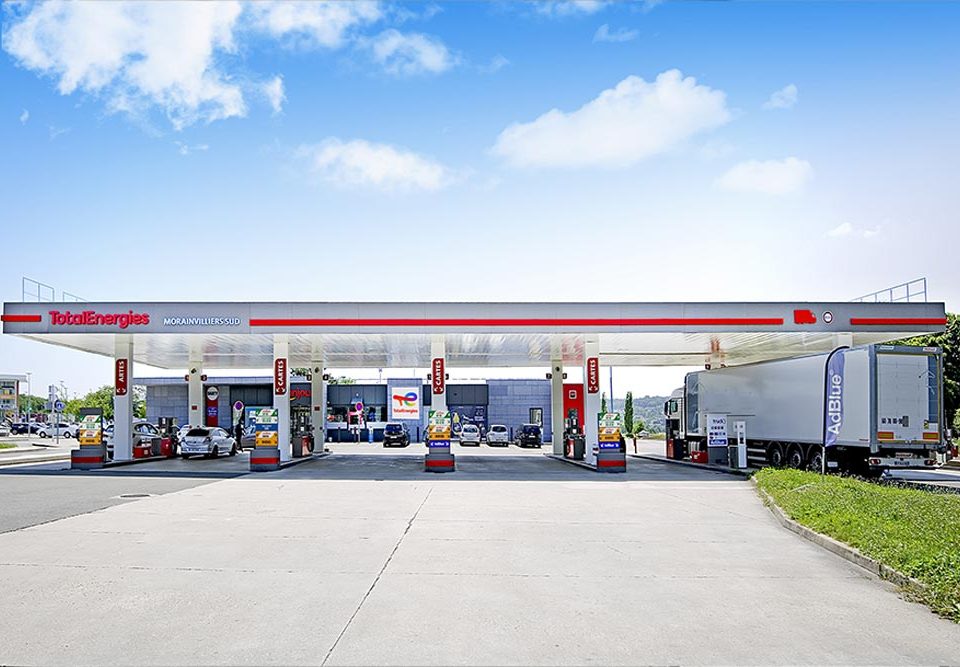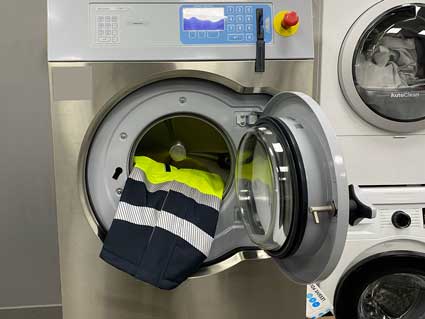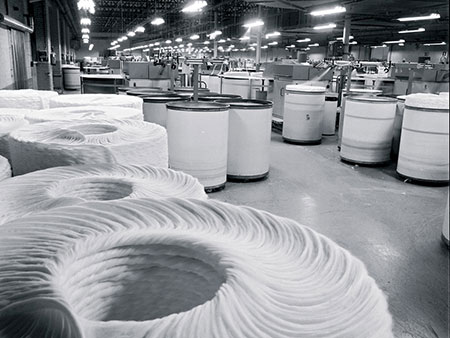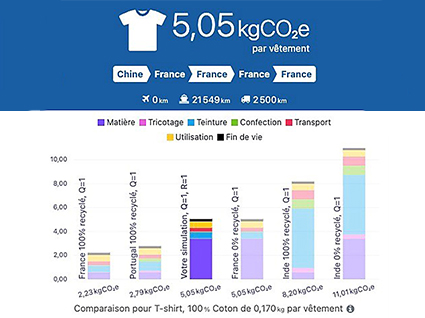
Measuring CO² emissions of products
17 April 2024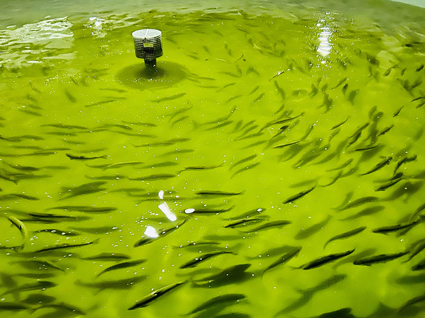
Cepovett, partner to the Conservatoire national du saumon sauvage (French National Wild Salmon Conservatory)
17 April 2024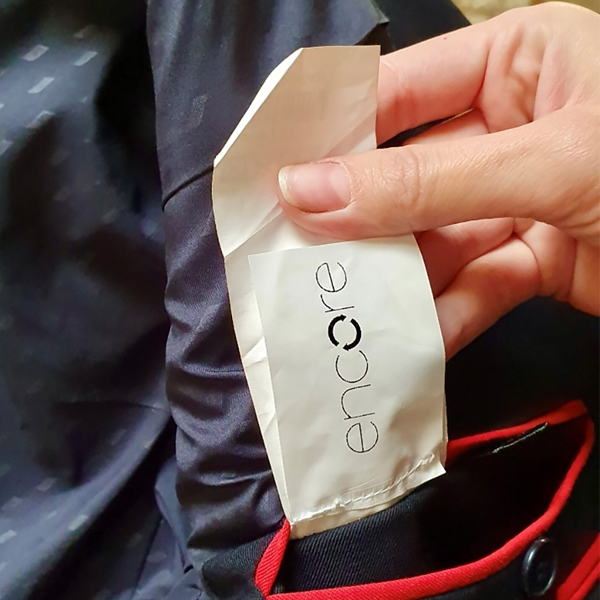
Cepovett launches its re-use platform
After several years of experience with pioneering customers, including Air France, CEPOVETT launched its first re-use platform in 2023. his initiative recuperates workwear and uniforms that have already been worn and reintroduces them into the cycle, thereby helping to reduce waste and promote a circular economy. Garments at the end of their life cycle are now collected, recovered, sorted, cleaned and, if necessary, altered, so that they can be added to the customers' dedicated stock and offered at a reduced price. Second-hand workwear is handled by CEPOVETT's own logistics platforms, which are responsible for the entire process, from start to finish. A highly innovative solution for the sector, second-hand workwear involves all stages of the supply chain, from collection, sorting, washing, repair and traceability to marketing and centralised digitalisation of goods returned to stock.
FROM AUTOMATED TO PHYSICO-CHEMICAL SORTING
The textile industry needs to innovate with new solutions for the future to speed up and scale up textile recycling, in particular through automated sorting. As an alternative to mechanical fraying, the physico-chemical process involves melting the polyester - depolymerisation - using an innovative enzymatic process, making it reusable for a second purpose. This technology, which is still in its experimental stage, opens up new ways of recycling waste into biopolymers.




